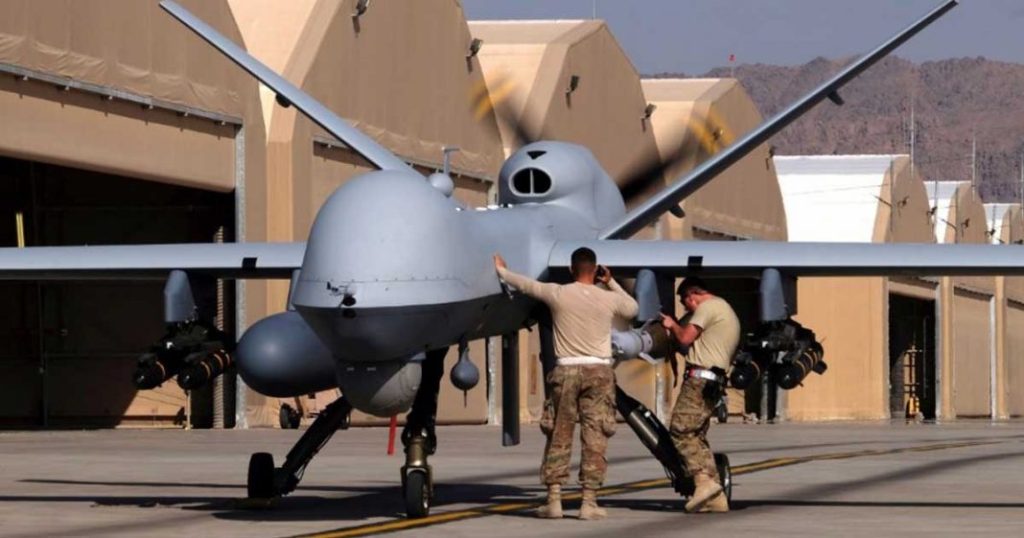The drone war in Afghanistan is a key part of the US strategy against terrorism. This approach has been functional but faces significant limitations. In 2022, the US successfully targeted the leader of Al-Qaeda in Kabul using drones. This shows that the US can still carry out precise strikes in Afghanistan. However, the question remains whether this capability is enough to monitor and eliminate the increasing threats from the region.
Dr. Asfandiar Mir of the US Institute of Peace highlights that while the drone war in Afghanistan is ongoing, it is constrained. The absence of US bases in Afghanistan, Pakistan, or Central Asia means longer transit times for drones, affecting their efficiency. General Kurilla, the Central Command Chief, has stated that there is a shortage of ISR (Intelligence, Surveillance, Reconnaissance) resources, primarily drones, which hampers the strategy.
To improve the drone war in Afghanistan, more resources are needed. Increasing the number of drones would enhance monitoring and strike capabilities. Yet, even with additional resources, this strategy has its limits. There will still be gaps in coverage, making it a suboptimal solution.
The situation in Afghanistan is worrying. Terrorist groups like Al-Qaeda and ISIS-K have access to a pool of trained militants and weapons. This environment allows these groups to collaborate, recruit, and expand. The Taliban, despite targeting ISIS-K, have inadvertently created conditions that favor other terrorist groups. This dynamic complicates the effectiveness of the drone war in Afghanistan.
In Pakistan, the US-Pakistan counterterrorism relationship is complex. There is a history of mistrust, especially after the US found Osama bin Laden in Pakistan. However, there is a need for cooperation. The US requires access to Pakistani airspace for its drone operations in Afghanistan. Additionally, groups like the TTP (Tehrik-i-Taliban Pakistan) pose threats that the US cannot ignore.
The US and Pakistan recently held counterterrorism talks, focusing on joint efforts against ISIS-K. While the discussions did not yield measurable outcomes, they signify a step towards rebuilding trust and cooperation. The US has previously collaborated with Pakistan on counterterrorism, including the drone war, but more robust structures of reciprocity are needed.
ISIS-K continues to be a significant threat. Their strategy of outbidding rivals by targeting various infidels makes them unpredictable and dangerous. They have carried out attacks in Iran, Moscow, and attempted strikes in Europe. Their communications and propaganda campaigns are extensive, using online platforms to recruit and inspire attacks.
To counter this, cyber operations can disrupt their online ecosystem. Although some efforts may already be underway, more aggressive and scaled-up actions are necessary. The drone war in Afghanistan must be complemented by such cyber activities to weaken ISIS-K’s recruitment and operational capabilities.
While the drone war in Afghanistan has shown some success, it faces substantial challenges. More drones and better resources are needed to enhance its effectiveness. Additionally, addressing the online propaganda of groups like ISIS-K through cyber operations can further strengthen this strategy. The fight against terrorism in Afghanistan requires a multifaceted approach, combining drone warfare, regional cooperation, and cyber strategies.


